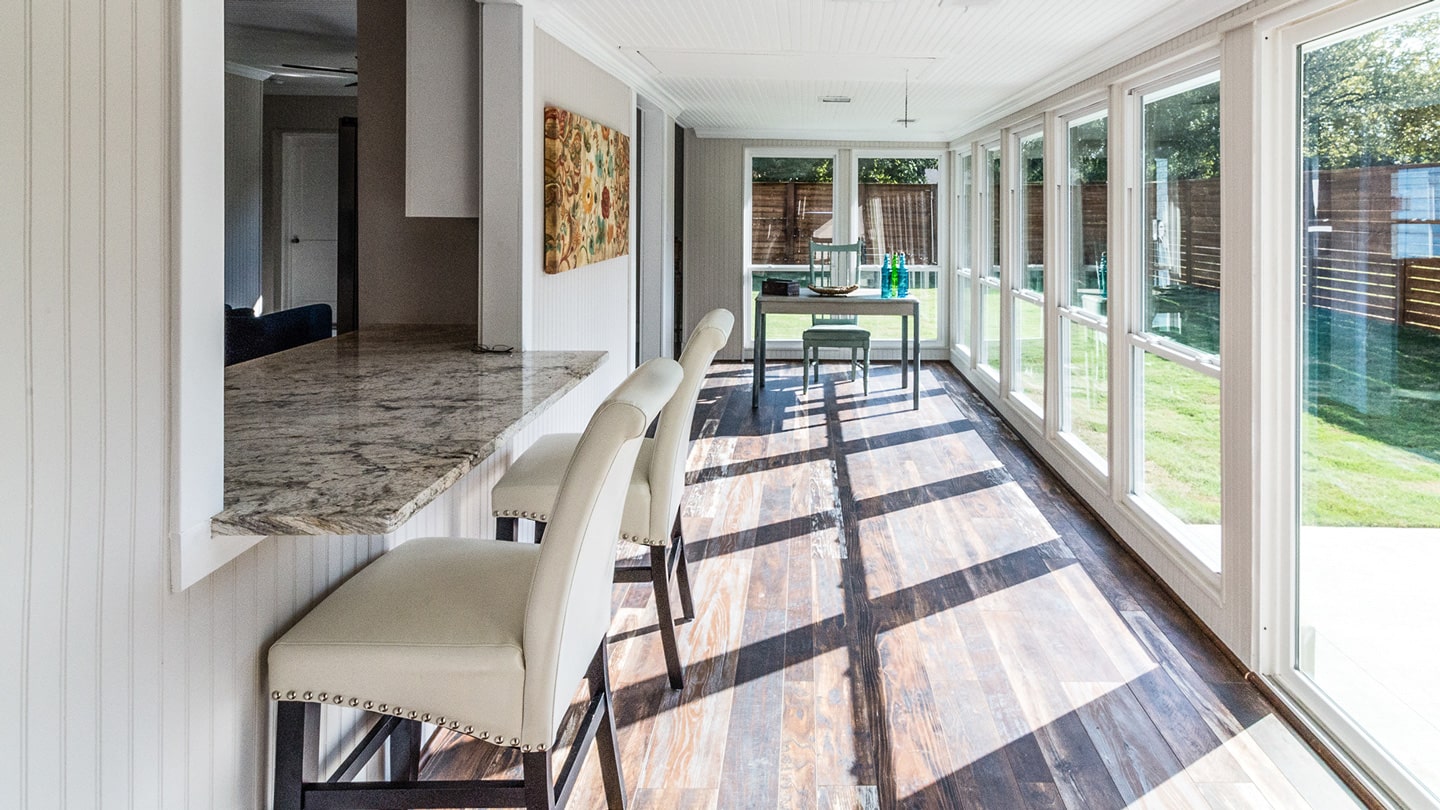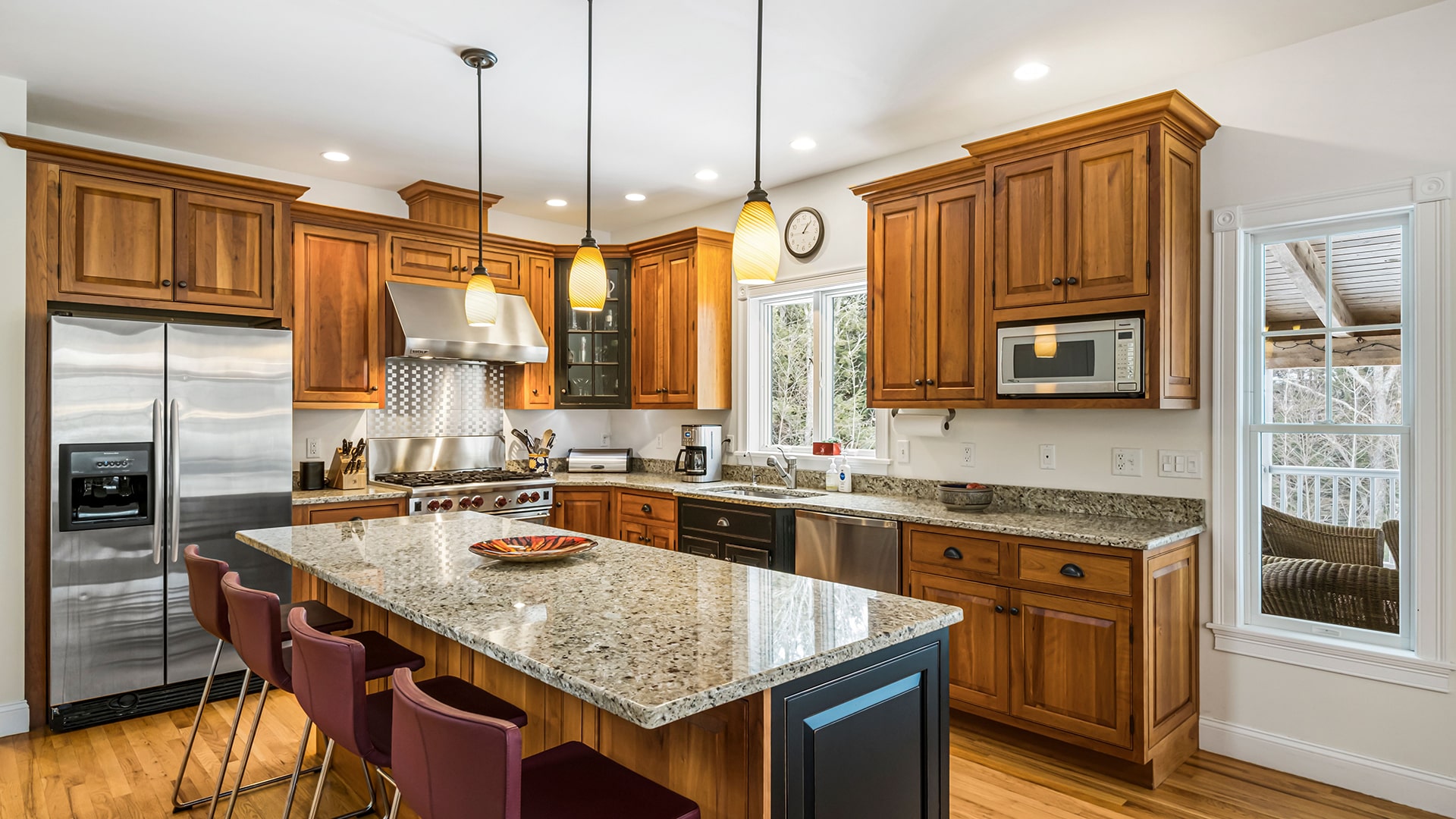Adding space to your home is one of the most impactful upgrades you can make, whether you’re expanding for a growing family, accommodating guests, or finally building that dream workspace. In New Hampshire, where seasonal living and year-round homeownership intersect, well-planned home additions—and broader home remodeling projects—add not just square footage but long-term value and comfort.
In this guide, we’ll walk you through key considerations, current trends, and expert tips for planning a home addition in 2025.
Why Homeowners Are Adding On in 2025
As housing inventory remains tight across New England, more homeowners are investing in their current properties. Here are some of the top reasons driving home additions:
- Remote work needs: Home offices and multi-purpose rooms are in high demand.
- Multi-generational living: In-law suites and guest spaces are gaining popularity.
- Aging in place: First-floor primary suites and accessible layouts are being prioritized.
- Property investment: Additions like garages and ADUs (accessory dwelling units) are boosting resale value.
And for vacation homeowners, additions like walkouts, bunk rooms, or four-season sunrooms help accommodate larger groups during peak rental or family gathering seasons.
Homeowners are also using additions to personalize their homes with features like art studios, fitness rooms, and even indoor greenhouses, spaces that support lifestyle and wellness.
Popular Types of Home Additions
Home additions come in many forms. The best choice depends on your property layout, zoning limitations, and goals. Whether you’re adding a new space or undergoing a more extensive home remodel, understanding your options is key.
Common Addition Types in New Hampshire:
| Addition Type | Description |
| Bump-Out Additions | Small extensions to create more room in a kitchen, bath, or bedroom |
| Full Room Additions | New rooms built onto the side or back of a home |
| Second-Story Additions | Adds space by building upward rather than out |
| In-Law Suites | Self-contained spaces for relatives or rental income (ADU potential) |
| Mudrooms & Entryways | Especially useful in snowy NH winters |
| Garages with Living Space | Combines vehicle storage with bonus rooms above |
Consider integrating utility-based spaces—such as pantries, laundry rooms, and HVAC closets—into your design early on. These are often overlooked but make a big difference in functionality.
Local Trends & Seasonal Considerations
What’s Trending in NH Right Now:
- Walkout basements and lakeside additions are especially popular in vacation communities with sloped lots.
- Heated four-season sunrooms that serve as cozy spaces year-round.
- Energy-efficient upgrades like radiant flooring and triple-pane windows.
- Design continuity that blends old and new seamlessly, especially in historical homes.
- Comprehensive remodels that update floor plans while adding strategic square footage.
Emerging Trend: Waterfront walk-ups — For homes situated near lakes, adding a tiered patio, covered porch, or walk-up basement with direct water access is becoming a standout feature for both lifestyle and property value.
Seasonal Tip: If you’re in a snow-prone area, proper roof pitch, insulation, and gutter systems can make or break the longevity of your addition. Building in spring or summer ensures your project is weather-tight before winter hits.
Also, consider snow load ratings and roof reinforcements. In rural or forested areas, site access may be limited in winter months, so plan for material staging and delivery logistics early.
Cost Breakdown: What to Expect in 2025
Home addition costs vary widely depending on size, finishes, location, and utility upgrades. Here’s a rough cost range for common projects in New Hampshire:
| Project Type | Average Cost Range (2025) |
| Bump-out Addition (50-100 sq ft) | $20,000 – $45,000 |
| Full Room Addition (200-400 sq ft) | $50,000 – $110,000 |
| In-Law Suite (400-800 sq ft) | $80,000 – $160,000 |
| Second Story Addition | $120,000 – $250,000+ |
| Garage with Living Space | $90,000 – $180,000 |
Hidden Costs to Plan For:
- Permit and inspection fees
- Septic system updates (for larger additions)
- Foundation work on sloped lots
- Electrical service upgrades
- Temporary housing or relocation (for major builds)
Pro Tip: Budget an extra 10-15% for unforeseen costs. Older homes often reveal surprises once walls are opened.
Zoning, Permits, and Timeline in NH
Before you swing a hammer, you’ll need to:
- Check local zoning regulations: Minimum setbacks, height restrictions, and lot coverage vary by town.
- Secure permits: Building, electrical, and septic permits may all be required.
- Review HOA rules: If applicable, some developments have strict design and addition restrictions.
- Coordinate with utilities: Especially important if you’re expanding water, septic, or electrical systems.
Timeline Breakdown:
| Phase | Typical Timeframe |
| Planning & Design | 2–6 weeks |
| Permitting | 2–8 weeks (varies by town) |
| Construction | 8–16+ weeks depending on scope |
Major additions in rural zones may take longer due to extra reviews for environmental impact or historical preservation.
Design Tips for Seamless Additions
An addition should feel like it’s always been part of the home. Here are a few ways to get that right:
- Match roofing and siding materials to the existing house
- Keep ceiling heights consistent
- Blend old and new flooring with transition elements
- Use window styles and trim that echo the original build
- Think through traffic flow: will the new space feel awkward or disconnected?
Also consider:
- Natural light and sightlines: Add windows where they offer scenic views or make the space feel larger.
- Noise isolation: Especially important if building a nursery, office, or media room.
- Ventilation and airflow: Tie into existing HVAC or explore ductless systems for efficiency.
When possible, hire a local designer or architect who understands New Hampshire home styles, building codes, and remodeling best practices.
Best Additions for ROI
Not all additions are created equal when it comes to resale value. Here are some that typically pay off in NH:
| Addition Type | ROI Estimate |
| Bathroom Addition | 55–70% |
| Primary Suite Addition | 50–65% |
| Garage with Loft Space | 60–75% |
| Sunroom / Four-Season Room | 45–60% |
Bonus Tip: Finished basements, especially walkouts with natural light and egress access, are trending and often provide ROI comparable to main-level additions.
Common Pitfalls to Avoid
- Skipping professional design plans
- Underestimating HVAC needs in the new space
- Choosing trendy over timeless finishes
- Failing to match architectural style
- Hiring unlicensed or uninsured contractors
- Not getting written estimates or contracts
- Ignoring drainage and grading requirements on sloped land
- Overlooking the value of pairing additions with interior remodeling for cohesion
Avoid these, and your addition will be more comfortable, compliant, and cost-effective.
Final Thoughts: Is a Home Addition Right for You?
Whether you’re living in New Hampshire full-time or escaping to a lakeside retreat on weekends, a thoughtful home addition—or well-executed home renovation—can make your space more functional, comfortable, and valuable. It all starts with the right plan, the right team, and realistic expectations.
Additions are not just about square footage—they’re about creating spaces that fit your life, your climate, and your community. When done well, they’re a seamless extension of your lifestyle.
Need Help Planning Your Home Addition?
BlueZone Home Concierge specializes in small remodels, seasonal prep, and strategic additions for New Hampshire homeowners. From concrete work to finishing touches, we help you plan smart and build right—without the stress.
Reach out today for a no-pressure consultation and see what’s possible for your property.



